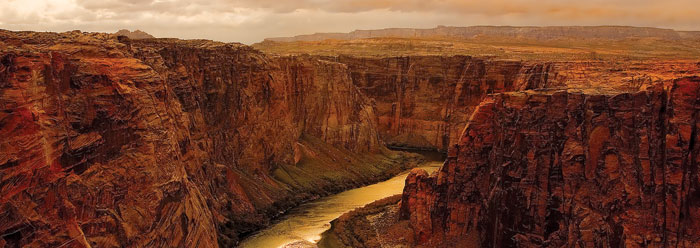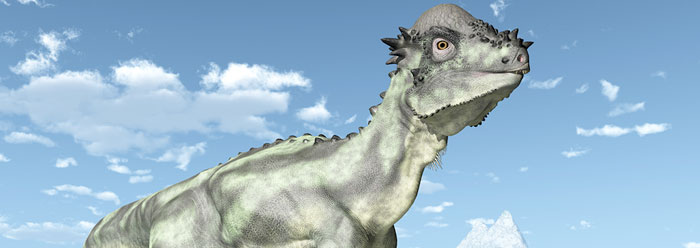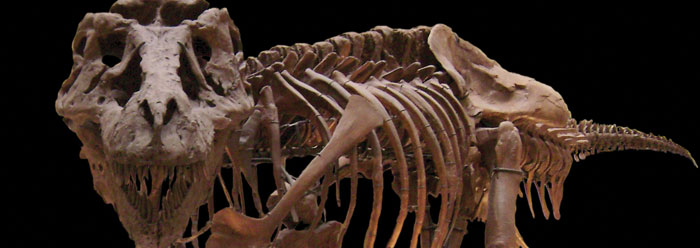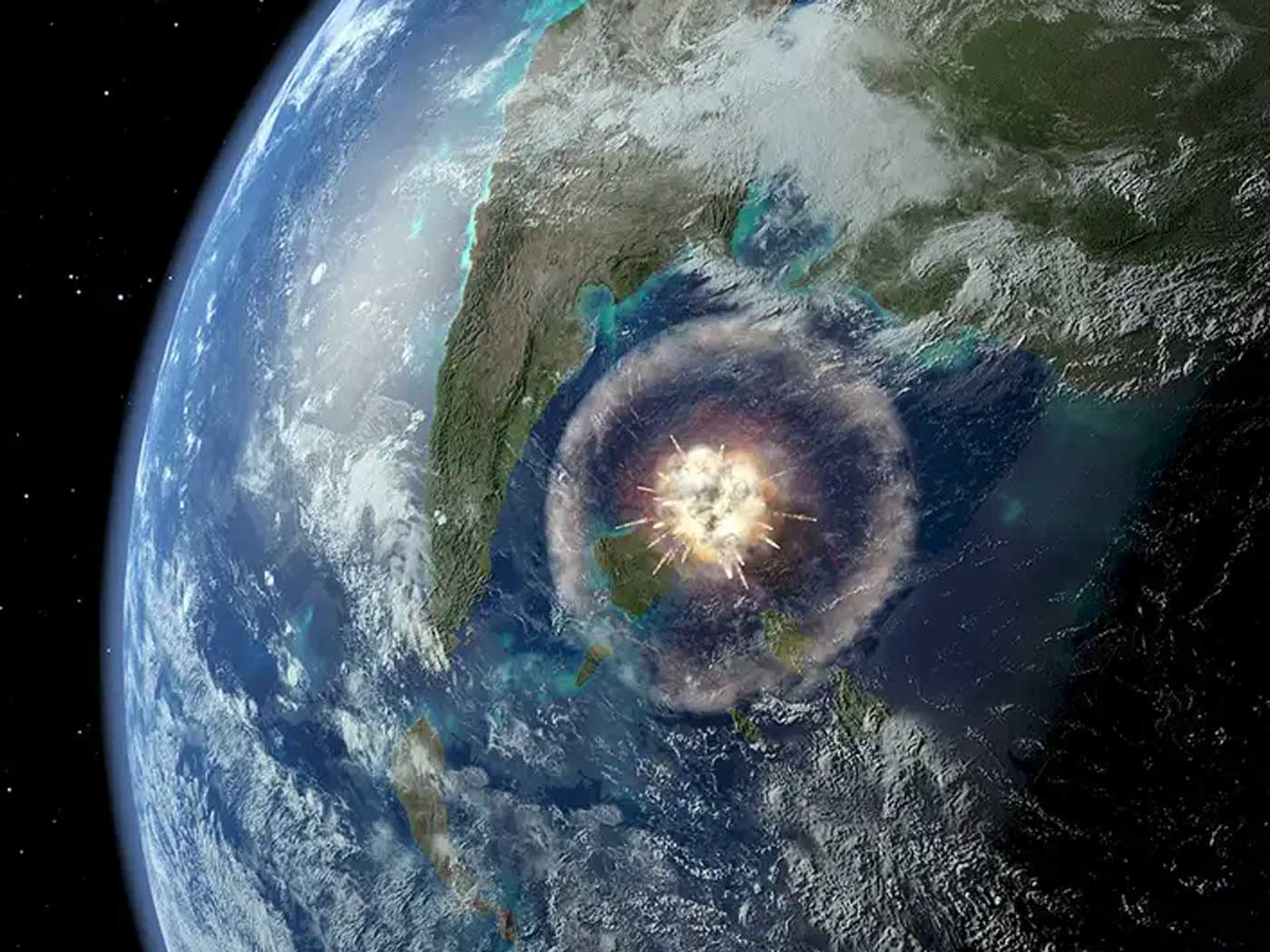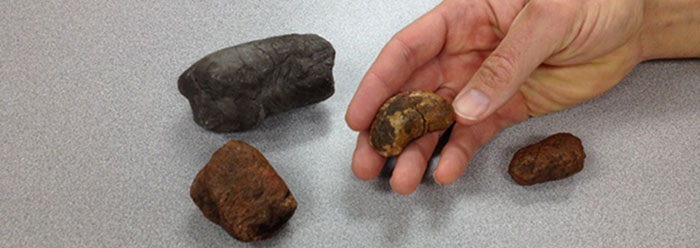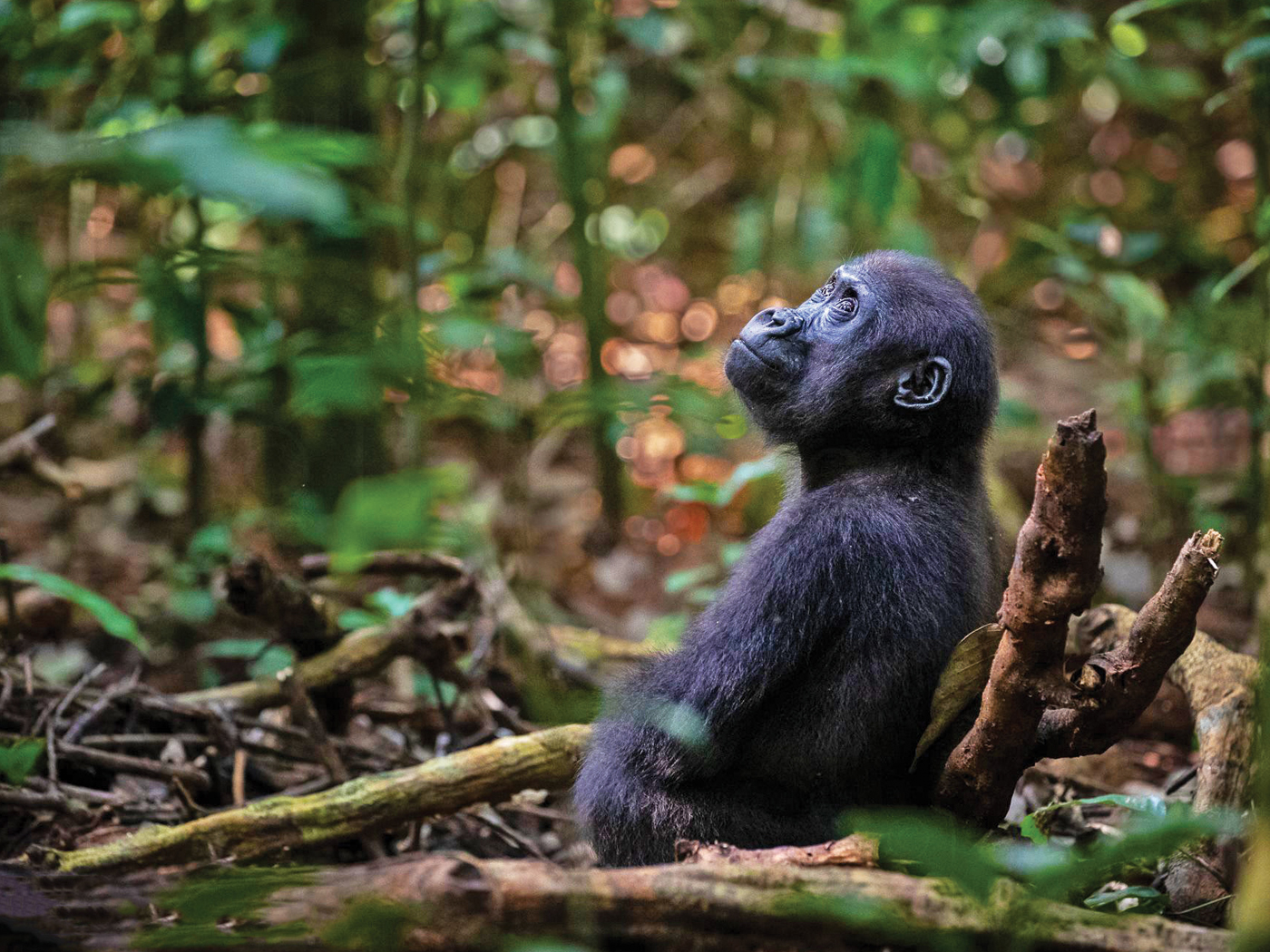Probably every textbook in use in America which in any way deals with evolutionary subjects includes a presentation of the "Geologic Column," or the "Geologic Time Scale" as it is sometimes called. This vertical display of the various geologic eras, periods, and epochs supposedly illustrates the nature of the fossil record, with recent fossils on the top and older ones on the bottom. By following the fossils from bottom to top, one can "see" evolution.
Single-celled organisms evolve into marine invertebrates, which in turn evolve into fish. The fish eventually produce amphibians and then reptiles, which give way to birds and mammals and finally man. Surely, evolution is true if the fossils are arranged in such an order.
Furthermore, each basic body style (phylum) has been present right from the start. In the lowest level of abundant multi-celled organisms, the Cambrian Period, fossils of each phylum has been found, including vertebrates! Many fossil organisms are found which have gone extinct, but no new body plans from the start. Did evolution stop at the start?
Among the vertebrates, a case can be made for some change. Fish fossils are found in the Cambrian and people are not. However, people are vertebrates, as are dinosaurs and birds. In many ways, our skeletal features are comparable to that of a fish. We are certainly a whole lot more like a fish than we are to a coral, a clam, or a jellyfish.
In addition, when you look at the geologic column in the textbook you will notice that is mainly a statement of vertebrate evolution, it has very little to say about the other fossil types. However, it is very constructive to look at all the fossils and then conclude.
As it turns out, 95% of all fossils are shallow marine invertebrates, mostly shellfish. For instance, clams are found in the bottom layer, the top layer, and every layer in between. There are many different varieties of clams, but clams are in every layer and are still alive today. There is no evolution, just clams! The same could be said for corals, jellyfish, and many others. The fossil record documents primarily marine organisms buried in marine sediments, which (as discussed elsewhere) were catastrophically deposited.
Of the 5% remaining fossils, 95% of them are algae and plant fossils (4.75% of the total). In that left over 5% of the 5%, insects and all other invertebrates make up 95% (0.2375 % of the total). **
All of the vertebrate fossils considered together, (fish, amphibians, reptiles, birds, and mammals), comprise only 0.0125% of the entire fossil record, and only 1% of these, or .000125% of the total, consist of more than a single bone! Almost all of them come from the Ice Age. Surely, the vertebrate fossil record is far from complete.
Where we have a good record, no evolution can be seen. For the very scanty vertebrate record, an evolutionary story can be told, but the facts do not support it, and certainly do not prove it.
*Dr. John Morris is the President of ICR.
** Paleontologist Dr. Kurt Wise provided these figures.




